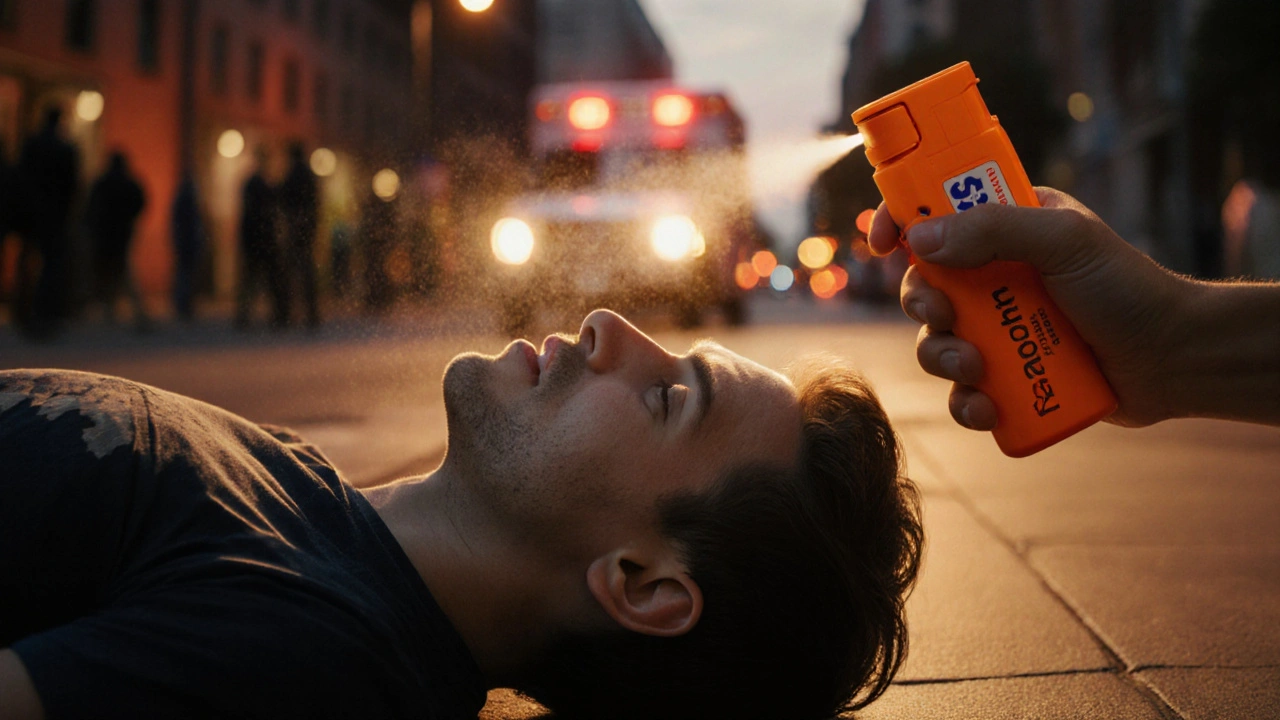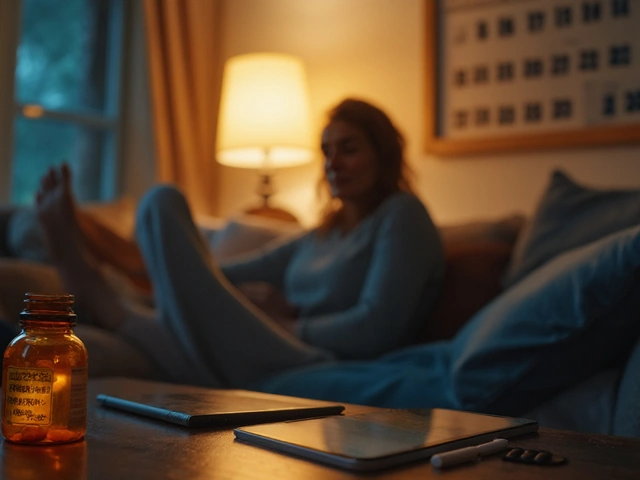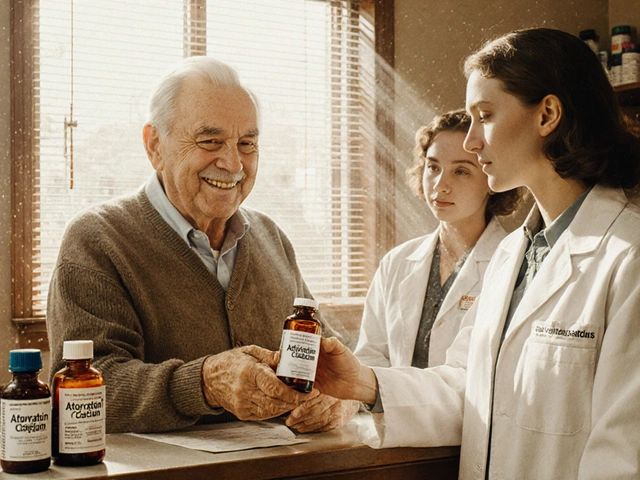Overdose Reversal
When dealing with overdose reversal, the urgent process of counteracting a drug overdose to prevent fatal outcomes. Also known as poisoning rescue, it relies on rapid assessment and specific interventions. One of the most common tools is Naloxone, an opioid antagonist that quickly displaces opioids from brain receptors. Naloxone’s ability to restore breathing makes it a cornerstone of opioid overdose reversal, and many emergency kits now include it as a standard item. Understanding how overdose reversal works helps you recognize why timing, proper dosage, and trained responders are critical. This first step sets the stage for the other components we’ll cover.
Key Antidotes and Supporting Treatments
Beyond naloxone, several other agents play a vital role in reversing toxic effects. Activated charcoal, a porous substance that adsorbs many ingested toxins in the gastrointestinal tract, is often administered within the first hour after ingestion to limit absorption. When the poison is a non‑opioid drug, the specific antidote, a medication that directly counteracts the toxic agent, varies—think flumazenil for benzodiazepines or calcium gluconate for calcium channel blocker overdoses. Each antidote has its own dosing protocol, contraindications, and monitoring needs, which is why clinicians rely on detailed drug reference guides. By matching the right antidote to the right toxin, the reversal process becomes targeted and more effective.
The final piece of the puzzle is the emergency response, the coordinated effort of medical professionals, first responders, and sometimes by‑standers to manage an overdose situation. Quick recognition, immediate activation of emergency services, and the administration of the appropriate antidote together form a seamless chain of survival. Training programs now teach basic naloxone use to laypeople, while professional responders receive advanced airway management and toxicology education. The articles below dive into specific drugs—like warfarin, metformin, and albuterol—showing you how their dosing, side‑effects, and interactions influence overdose risk and the choice of reversal strategy. Armed with this knowledge, you’ll be better prepared to act decisively when an overdose occurs.
Why Naloxone Is Crucial in the Fight Against Opioid Addiction
Explore why naloxone is essential for reversing opioid overdoses, reducing deaths, and linking victims to treatment, with practical steps for community distribution and policy support.
Read





